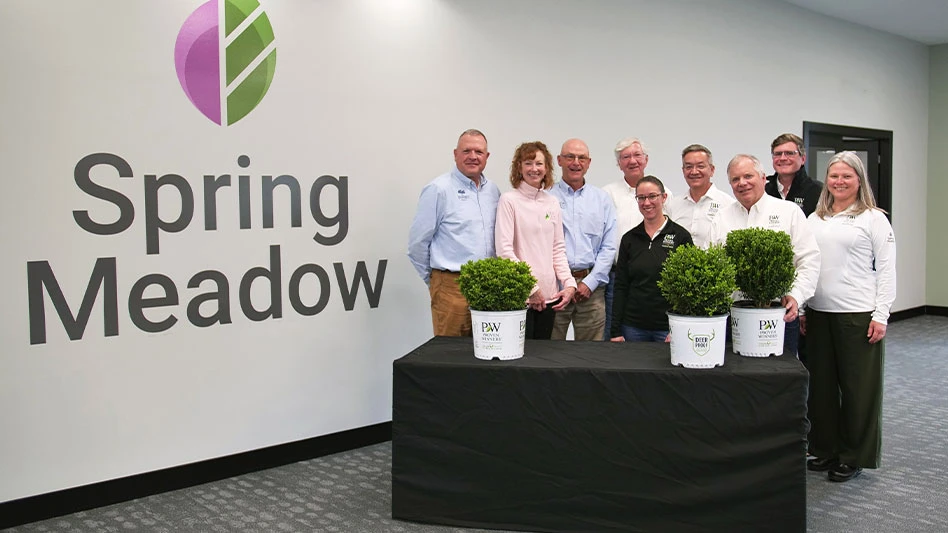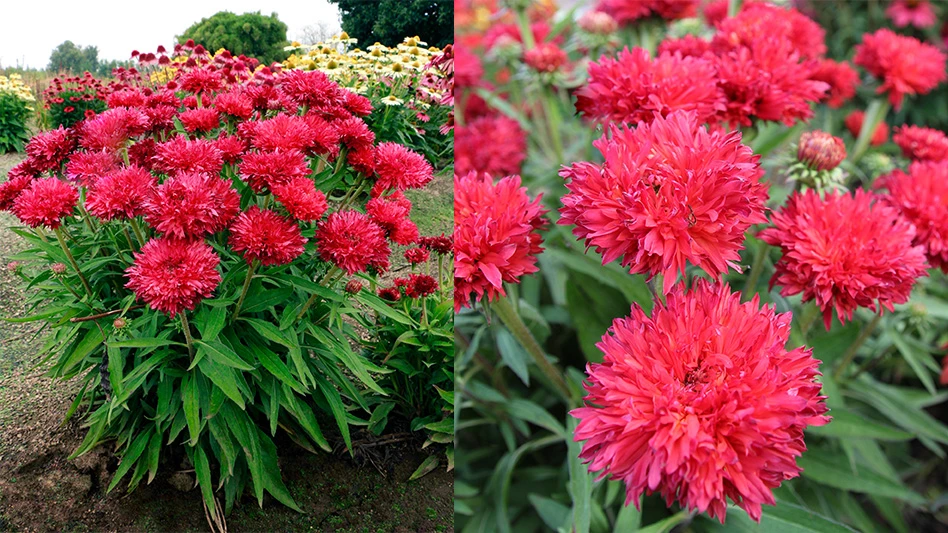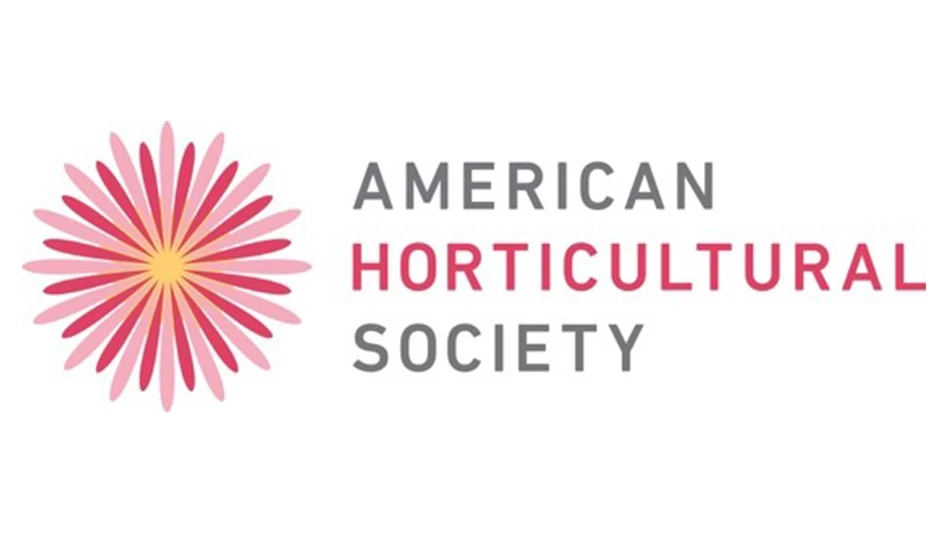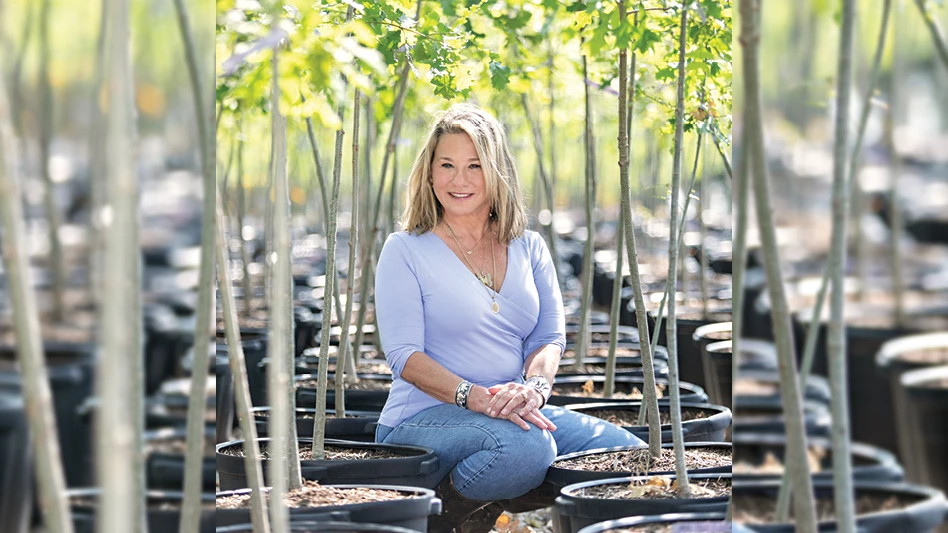 Todd Nelson is excited about Bountiful Farms’ new Patio Collection. Todd Nelson is excited about Bountiful Farms’ new Patio Collection. |
Todd Nelson, one of the trio of owners at Bountiful Farms in Woodburn, Ore., is a humble family man who refers to himself as a simple farmer. He says he prefers to let the plants do the talking for him. He doesn’t look for the limelight or think the business is special. Yet Bountiful Farms is special. At a time when many nurseries, just like the economy, have been on a slow downhill slide, Bountiful Farms is in a growth pattern in product lines, acreage, customers and sales.
In his talk, Dynamics of Hypercompetition, Charlie Hall, Ellison Chair, International Floriculture at Texas A&M, states there are three external strategic responses to hypercompetition. One response is differentiation in some way — specializing by product, service, customer type or geographic area — and this is how Bountiful Farms is growing against all odds.
Bountiful Farms is achieving its goals from many angles. Almost 10 years ago, the nursery began converting from field-grown stock to pot-in-pot, and it has continued to make capital improvements ever since. In 2011 the nursery added 5 acres of pot-in-pot and has plans to add 10 more acres in 2012.
“Even though the economy has been slow, our plant propagation numbers have continued to increase,” Nelson said. He is quick to add that growing as high a quality, if not superior, plant in the can versus the field has been a learning curve.
Pot-in-pot is a key reason for the company’s success. Shipping pot-in-pot plants rather than field-grown material means the product loads more efficiently, has less breakage and most importantly is lighter weight. This all equates to a better plant grown for a lower cost.
 1. The nursery views itself as its best competition. Bountiful Farms is constantly striving to out-do what it’s already done. 2. It takes years of experience to transform a mere plant into a living piece of art. 3. Live plants make excellent screens, such as this espalier product. 4. Bountiful Farms is perhaps most well-known for its sculptured topiaries. 1. The nursery views itself as its best competition. Bountiful Farms is constantly striving to out-do what it’s already done. 2. It takes years of experience to transform a mere plant into a living piece of art. 3. Live plants make excellent screens, such as this espalier product. 4. Bountiful Farms is perhaps most well-known for its sculptured topiaries. |
Dino Dimenna of Ruthven Nursery and Garden Centre in Ontario, Canada, likes having such innovative products to choose from. He says the quality is superb, he gets on-time deliveries and the customer service is “awesome.”
“I also like the lighter weight of the pot-in-pot, as it is easier and better for both my employees and my customers,” Dimenna said.
|
Open wide and say horticulture Bountiful Farms was started in the early 1980s by Jay and Julia Nelson. Jay had an early start in agriculture working on the family farm with his father. He attended Utah State University and then went on to Oregon Dental School where he earned his degree in dentistry and later orthodontics. He had a flourishing dental practice in Salem, but his love of farming never left him. The Nelsons bought land in Woodburn and successfully farmed hazelnuts before deciding to make a move to nursery stock. Jay and son Brent worked closely together in the formative years where they began grafting conifers and growing seedlings. After graduating with a degree in ornamental horticulture from Utah State University, Jay’s other son Todd joined them. Now Brent’s son Blake has recently come on board to support the nursery’s growth. |
Art forms
Bountiful Farms is perhaps most well-known for its sculptured topiaries. Most topiary requests come from referrals and those who are more familiar with the nursery’s trees. The nursery is open to making almost any shape, Nelson said. Some of the most popular requests have been for company logos and mascots. Bountiful also created topiary sculptures for children’s hospitals and gardens, restaurants, celebrities, amusement parks, baseball stadiums, zoos and especially for the homeowner who wants to make a statement. Nelson said the most unusual are the life-sized playhouses for children, motorcycles, cars and dinosaurs.
He said it is difficult to pick a favorite, as each sculpture is a piece of art, created from a customers’ vision. He adds that these large pieces also provide a solution for the nursery’s wholesale customers; it can be a car stopper. After all, what consumer could pass by a store with a 9-foot topiary giraffe outside?
Strong sales
While the nursery loves creating sculptured art forms, Bountiful realizes that it is primarily a great order starter and are not the bulk of its sales. Topiary and spiral boxwoods were the best sellers this year, followed by several varieties of pot-in-pot Japanese maples. Grafted beech, spruce and pines rounded out the majority of their sales.
Bountiful’s latest line is its Patio Collection. The new line features living umbrellas, arches and 5-foot and 7-foot screens in cedar boxes. Nelson said there is such interest for these “living patio sets” that they can’t make them fast enough. These pieces are used for outdoor living rooms, privacy screens and by pools. They are in high demand for rooftop gardens and restaurants that want to provide green intimate spaces. Nelson also is excited about the nursery’s new espalier grapes, trellis kiwis and columnar apples, which are available in 15-gallon pots.
 In the works
In the works
The nursery will soon debut its European Collection, an idea that came from a recent trip to Europe.
“Europe has such an innovative approach to growing and creating,” Nelson said. “I was so excited by what I saw, that I filled a notebook with sketches and ideas on our flight home.”
This collection is inspired by geometric shapes; tall Carpinus cylinders, weeping cedar triangles and beehive-like cubes made with Purple Fountain and asplenifolia beech.
The nursery views itself as its best competition. Bountiful is constantly striving to out-do what it’s already done. Bountiful’s greatest goal is to have exciting products that will bring its customers consistent and excited clientele who can’t wait to bring home a distinctively individual plant.
Uncommonly new products combined with a stable market channel backed up by plants of the highest quality equals a solid differentiation strategy and a concrete foundation that will allow Bountiful Farms to continue sculpting a successful future.
|
Tools of the topiary trade Just like a potter molds his clay or a painter starts with a blank canvas, it takes years of experience and the eye of a true artist to transform a mere plant into a living piece of artwork. Plants commonly used for topiary sculptures include Emerald Green arborvitae, Green Mountain boxwood, privet as well as Moonglow and Spartan junipers. But Bountiful Farms is continually experimenting with new plant varieties. Generally speaking, plants are selected around four or five years old to be sculpted. They are taken to “The Barn” where the magical transformation happens. A combination of fishing wire, sod netting and hand fabricated and welded wire is used as a base for the forms’ structure. Once the plant is sculpted into a particular creation, it is kept through at least another growing season so it can be babied. This extra time enables a flush of new growth to fill in and hide the support structures. It also allows Bountiful Farms to treat the plant with specific products to keep the newly exposed foliage and stretched limbs (which were previously used to shade) from sun scald burns. |
For more: www.bountiful-farms.com.
Maria Zampini is co-owner of UpShoot LLC; maria@upshoothort.com.
Get curated news on YOUR industry.
Enter your email to receive our newsletters.
Explore the August 2012 Issue
Check out more from this issue and find your next story to read.
Latest from Nursery Management
- The HC Companies, Classic Home & Garden merge as Growscape
- Eason Horticultural Resources will now officially be known as EHR
- BioWorks receives EPA approval for new biological insecticide for thrips, aphids, whiteflies
- Ellen Mackenbach-Lakeman appointed new CEO of Dümmen Orange
- Southern Garden Tour sets 2025 dates for trial garden open houses
- New book explores plants that thrive in Rocky Mountains
- American Floral Endowment establishes Herman Meinders Memorial Tribute
- These companies are utilizing plastic alternatives to reduce horticultural waste







